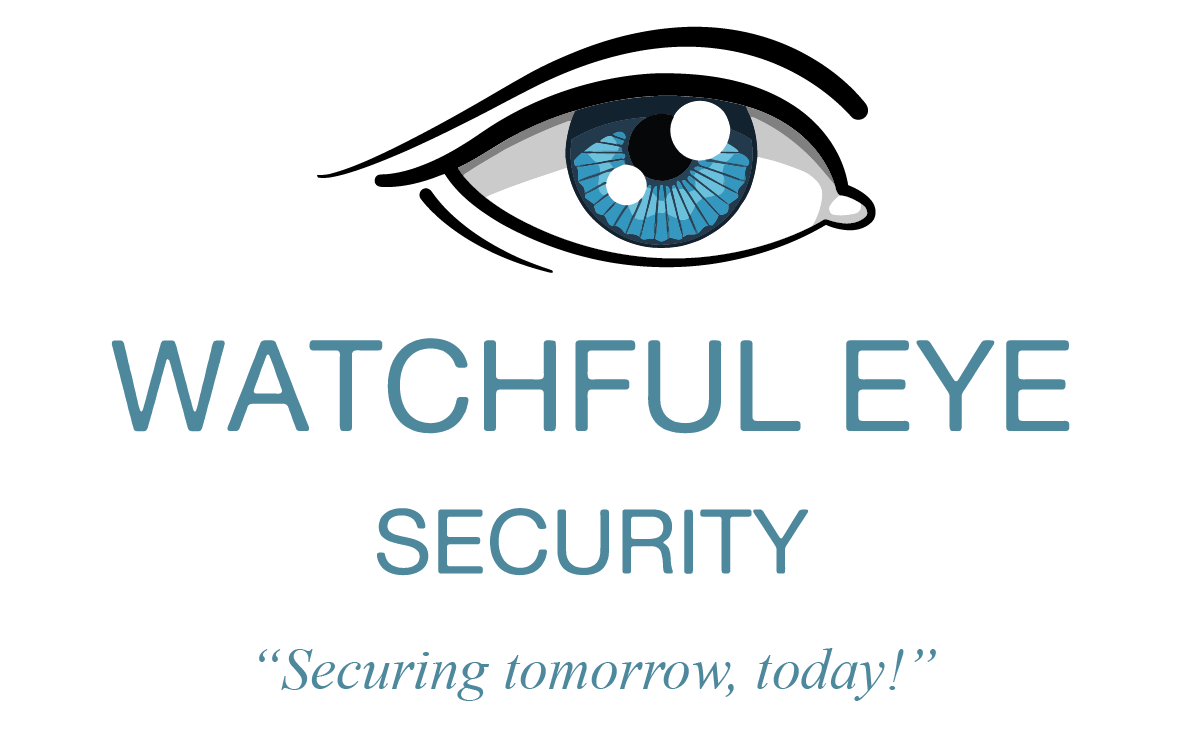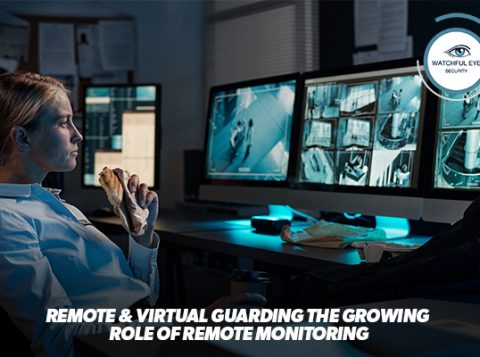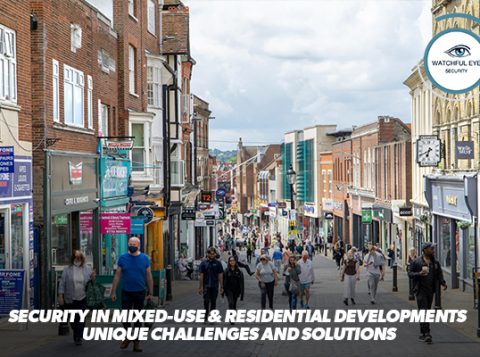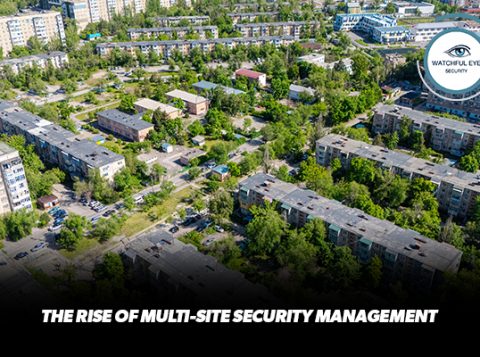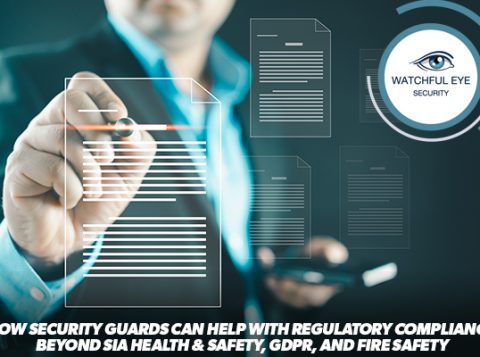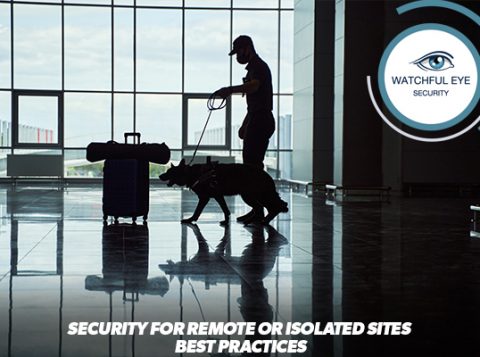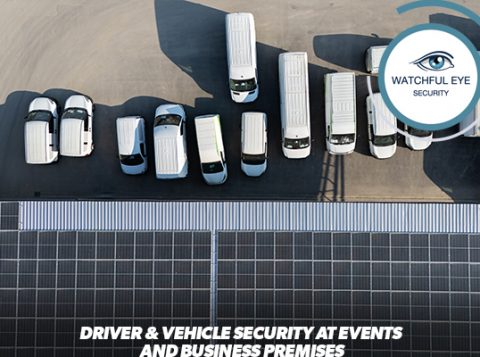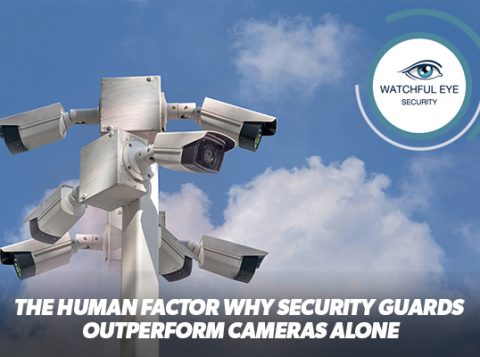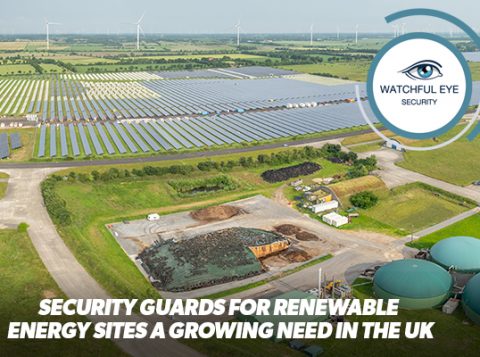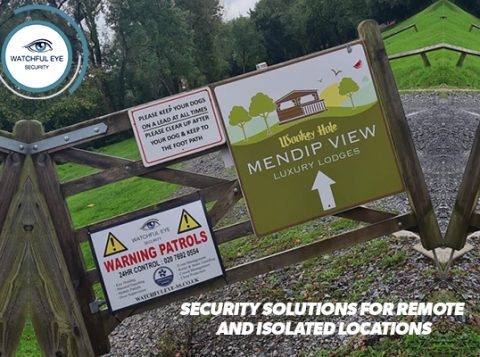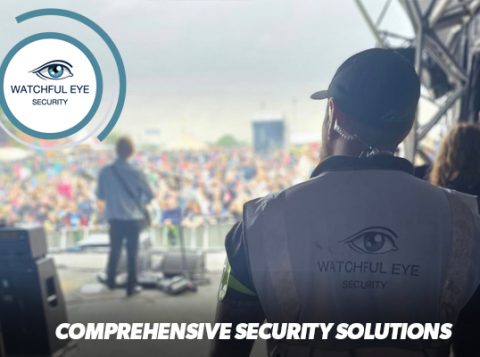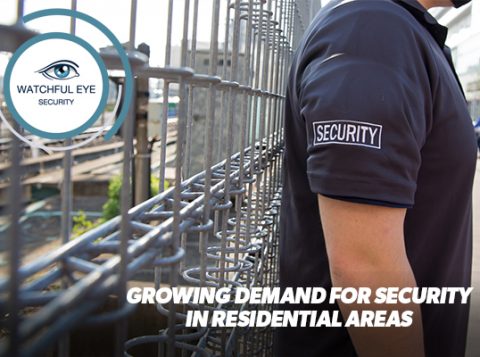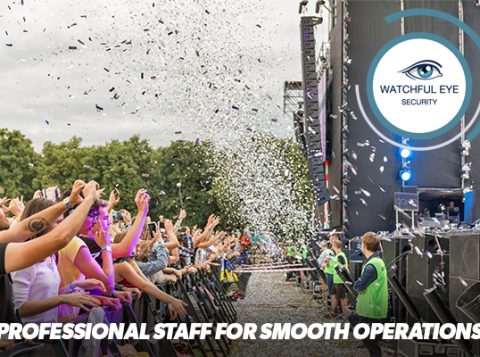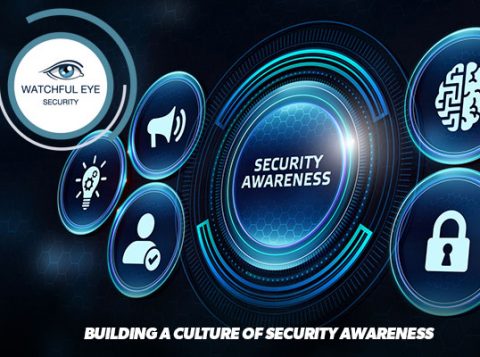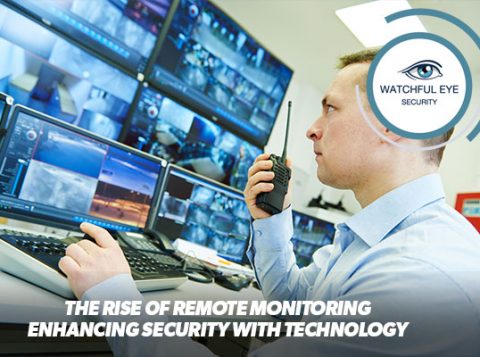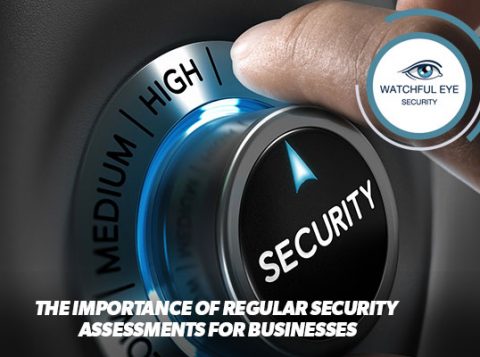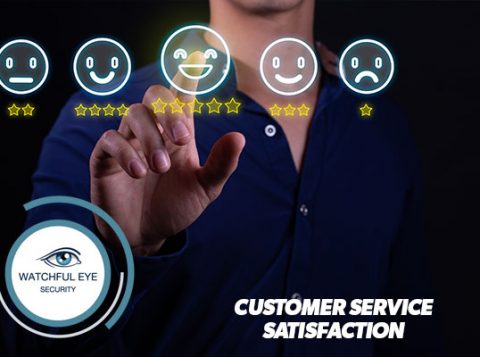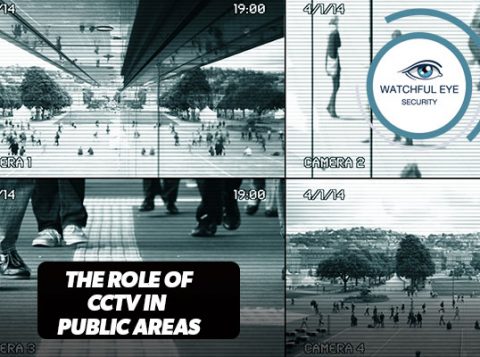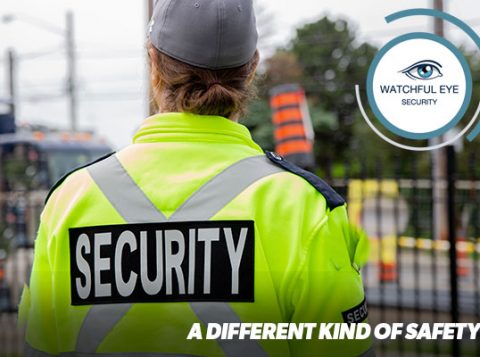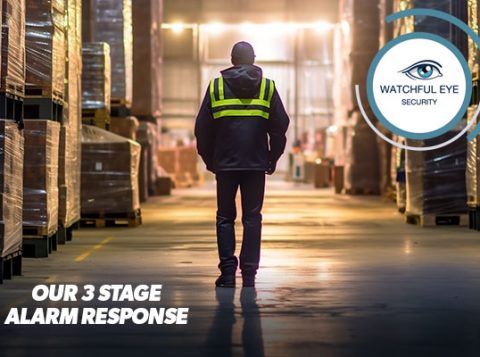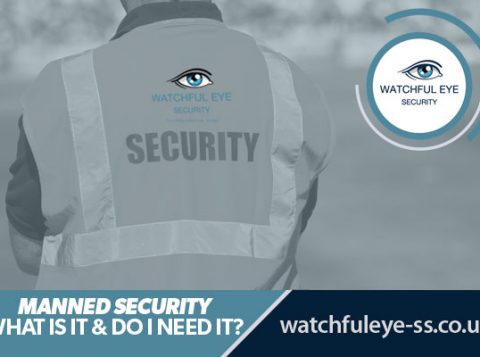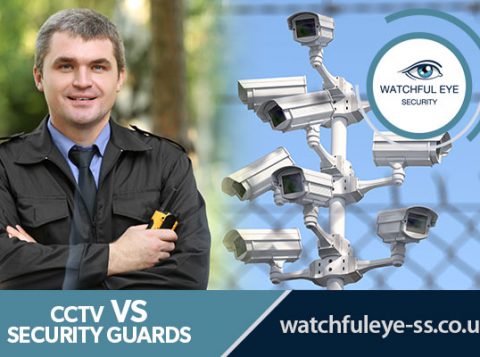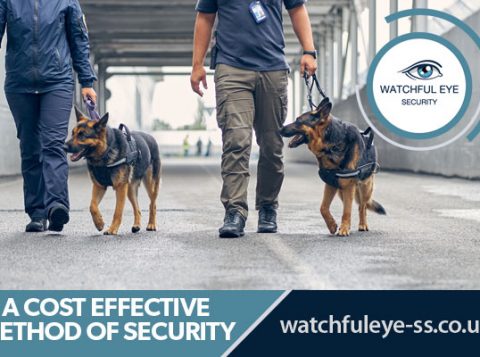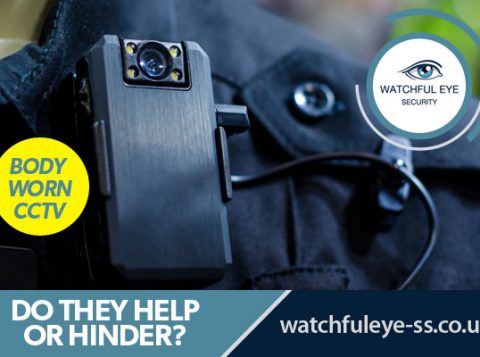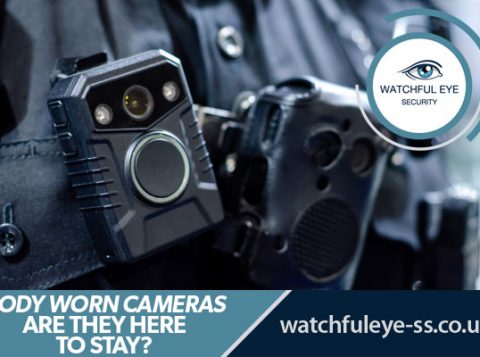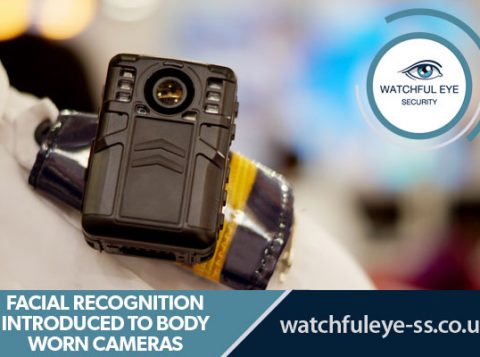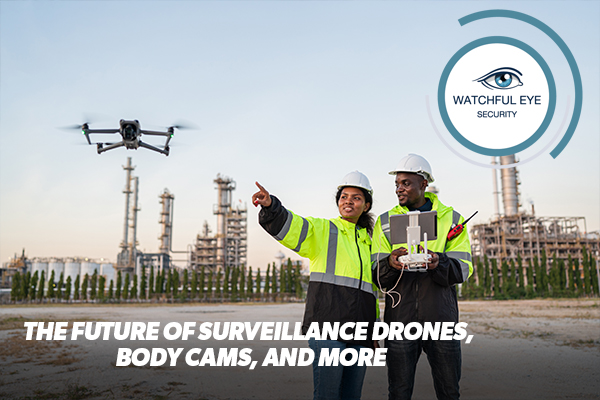
The Future of Surveillance: Drones, Body Cams, and More
The landscape of surveillance technology is rapidly evolving, bringing new tools and methods to enhance security and safety. Innovations like drones and body cams are at the forefront of this transformation, offering unprecedented capabilities for monitoring and protection. In this blog post, we’ll explore the future of surveillance, examining how these technologies are revolutionizing the industry and what implications they hold for privacy and safety.
Drones: The Sky’s the Limit
Enhanced Aerial Surveillance
Drones, also known as unmanned aerial vehicles (UAVs), provide a bird’s-eye view that is invaluable for large-scale surveillance. They can cover vast areas quickly, offering real-time footage that can be used for monitoring events, detecting intrusions, and conducting search and rescue operations.
Cost-Effective and Flexible
Compared to traditional aerial surveillance methods like helicopters, drones are more cost-effective and flexible. They can be deployed quickly, operate in various weather conditions, and access hard-to-reach areas, making them ideal for diverse security applications.
Advanced Features
Modern drones come equipped with advanced features such as high-definition cameras, thermal imaging, and facial recognition technology. These capabilities allow for detailed monitoring and enhanced threat detection, even in low-light or challenging environments.
Body Cams: Accountability and Transparency
Enhanced Accountability
Body cams, worn by security personnel, provide a transparent record of interactions and incidents. This promotes accountability and helps prevent misconduct by capturing objective evidence that can be reviewed and analyzed.
Improved Safety
For security personnel, body cams enhance safety by documenting encounters and potentially deterring aggressive behavior. Knowing that their actions are being recorded can influence individuals to behave more responsibly.
Valuable Training Tool
Footage from body cams can be used for training purposes, helping security teams improve their response tactics and communication skills. Reviewing real-life scenarios provides valuable insights into effective practices and areas for improvement.
Smart Surveillance Systems: Integrating AI and IoT
Artificial Intelligence (AI)
AI is revolutionizing surveillance by enabling systems to analyze vast amounts of data quickly and accurately. AI-powered surveillance systems can identify suspicious activities, recognize faces, and even predict potential security threats based on patterns and behaviors.
Internet of Things (IoT)
IoT devices, such as smart cameras and sensors, are interconnected to create comprehensive surveillance networks. These systems can communicate with each other, providing a cohesive and coordinated approach to security monitoring.
Automated Alerts and Responses
Smart surveillance systems can automatically alert security personnel to potential threats and even trigger predefined responses, such as locking doors or sounding alarms. This automation enhances the speed and efficiency of security measures.
Privacy Concerns and Ethical Considerations
Balancing Security and Privacy
The advancement of surveillance technology raises important privacy concerns. It is crucial to balance the need for enhanced security with the protection of individual privacy rights. Implementing clear policies and regulations can help ensure that surveillance is conducted responsibly and ethically.
Data Protection
With the increase in data collected by surveillance technologies, safeguarding this information is paramount. Robust data protection measures, including encryption and secure storage, are essential to prevent unauthorized access and misuse.
Public Transparency
Transparency with the public about the use of surveillance technologies is vital for maintaining trust. Informing communities about how and why these tools are used, and providing avenues for feedback, can help address concerns and foster cooperation.
The future of surveillance is being shaped by cutting-edge technologies like drones, body cams, AI, and IoT. These innovations are enhancing security capabilities, offering new ways to monitor and protect. However, they also bring challenges, particularly regarding privacy and ethical considerations. As we move forward, it is essential to strike a balance between leveraging these advanced tools for safety and ensuring the protection of individual rights. By doing so, we can create a more secure and transparent environment for everyone.
